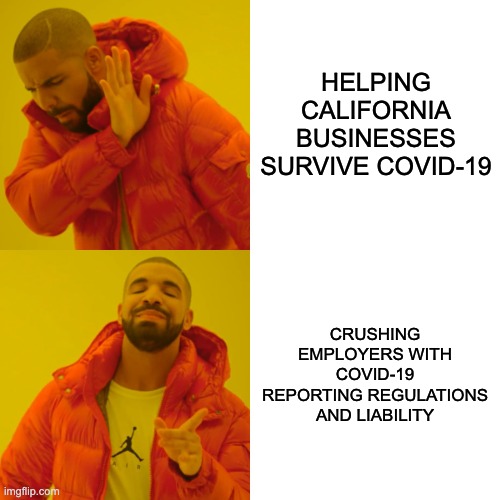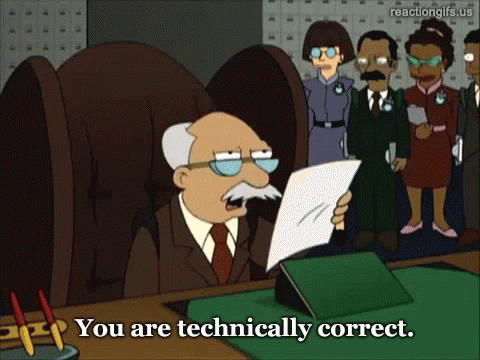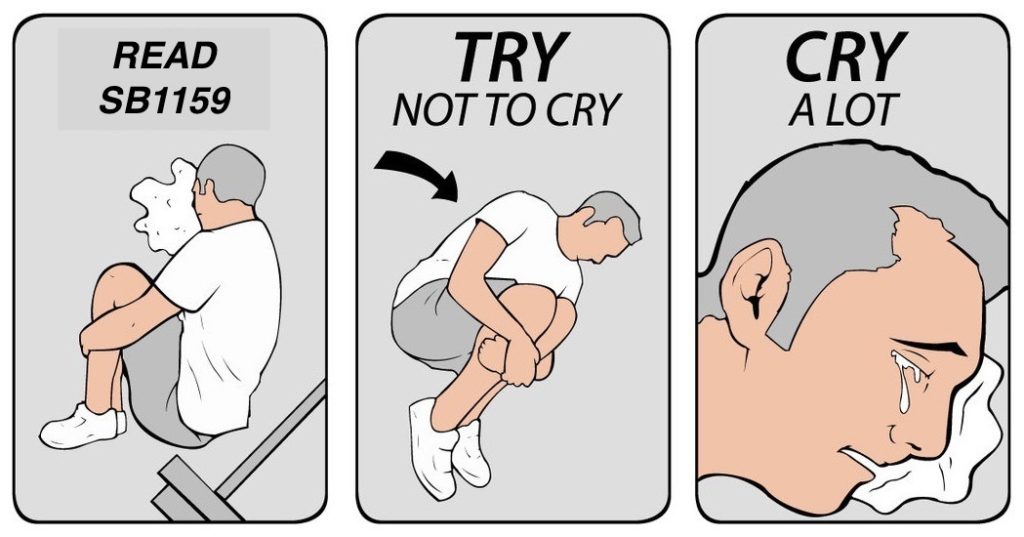Happy Monday dear readers!
Thanksgiving is just around the corner… are you ready? Turkey, gratitude, social distancing: all like the founding fathers intended.
In your humble blogger’s travels, I’ve encountered many different systems of law – so many different systems that vary and contrast so strongly with our own. For example, in the South of France, legal disputes are often resolved by a test to see which practitioner can roll the tightest crepe. In Japan, lawyers must plead their arguments on a series of neatly manicured Bonsai trees. But, one of the systems that came to mind recently was in Scotland, where, in lieu of filing a complaint, the plaintiff would challenge the defendant with a bold question: “Boxers or Briefs?” Of course, the option of “Boxers” would mean fisticuffs, while the option of “Briefs” would be to take the contest to court and file legal briefs. Perhaps our legislature could learn something from these other systems of law?
Well, turning, instead to California law, with it’s lack of crepe-based adjudication and its total dearth of Bonsai trees, let’s talk about permanent total disability.
Permanent total disability, which is a prized award sought by every applicant attorney not unlike a feather in one’s cap, is specifically defined by the Labor Code and case law. Labor Code section 4662 gives us the exhaustive list of how 100% PD can be found through medical evidence: either the disability is presumed total (loss of both eyes/sight; loss of both hands/use thereof; practically total paralysis; or brain injury resulting in permanent mental incapacity). If applicant doesn’t fall into any of those four, the only way to hit 100% PD with medical evidence is by adding or combining various disabilities to get to 100%. At least, that was the holding in the Court of Appeal case of Fitzpatrick.
Unfortunately, it appears that applicants can still pursue 100% PD through Ogilvie, although your humble blogger is still of the opinion that this can only be done on pre 1/1/13 cases, where diminished future earning capacity is still an element of the rating equation.
So what about prior injuries? What about apportionment? Let’s talk about the recent panel case of Ross v. California Highway Patrol. Therein, applicant sustained an admitted injury to his heart, as well as hypertension, atrial fibrillation, and other conditions as a CHP officer. After trial, the WCJ issued an Award, finding permanent total disability by adding rather than combining various impairments to reach 100% PD, but then rescinded and ultimately issued an Award finding 91% permanent disability.
Defendant contested this award by offering evidence of prior awards issued to applicant: 1993 injury to the ankle, nausea and gastric (7%); 1998 injury for intestinal issues resulting in 10% PD; a Cumulative Trauma through 2001 to the skin resulting in 33% PD; and another CT and specific injury to various systems in 2009 resulting in 9% PD. Defendant argued that all of these conditions fall under the catch-all of Labor Code section 4664(c)(1)(G) as a “catch-all” for a “region of the body.”
The WCAB panel held that once the employer has carried its burden of establishing the existence of overlapping disabilities between prior awards and current injuries, the maximum permanent disability found “in accordance with the fact” is 100% with all awards combined – “As defendant has established that applicant has to date received awards for injuries to the same ‘region of the body,’ as defined in section 4664(c)(1)(G), totaling 59% permanent disability, the most permanent disability he can receive in his lifetime for subsequent injuries to the same ‘region of the body’ is 41%.”
So, a few things I would respectfully point out to my beloved readers. Whatever the holding in Kite, please note the way the WCAB calculates the prior awards: they are ADDED and not COMBINED to push towards the statutory cap of 100%. The prior awards all add up to 59%, rather than being combined for the smaller number.
Also, has anyone ever heard the term “apples and aardvarks” when talking about permanent disability apportionment? Well applicant attorneys and some WCJs love to cite this term when claiming that an award from the 1997 PDRS cannot be used as a basis for apportionment from a 2005/AMA Guides PDRS rating. It comes from the writ denied case of Contra Costa Fire Protection District v. WCAB (Minvielle), a 2010 case in which the AME opined that there was no apportioning current PD to a prior award because the instant PD was based on the AMA Guides and the 2005 rating schedule, and the prior Award was from the 1997 rating schedule – thus attempting to apportion would be like “comparing apples to aardvarks”.

Well, the panel in this case had no such considerations. The prior awards were all pre-2005 except for the one from 2009. However, they all contributed, regardless of rating schedule, to a maximum 100%. Under the Minvielle, presumably, any awards issued under the old rating schedule wouldn’t count, no?
So perhaps Minvielle should be rejected (as it is not binding to begin with). Your humble blogger certainly thinks it should be – whether the PD is different because it was a different weekly rate or a different rating schedule, perhaps we should just be deducting prior awards from current ones anyway.
And, dear readers, what do you think?








